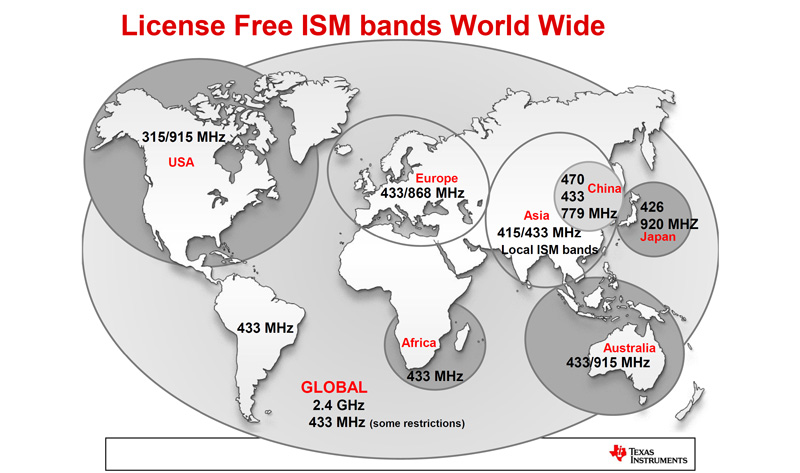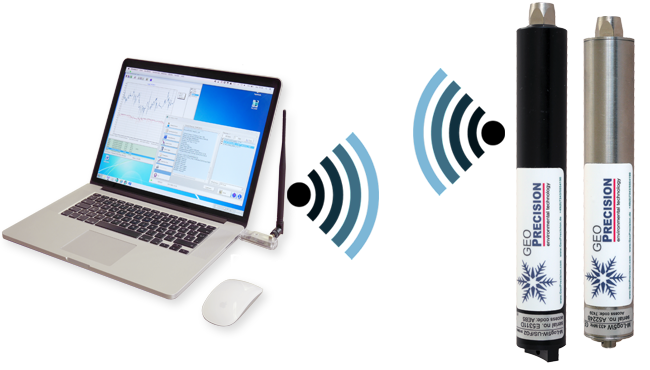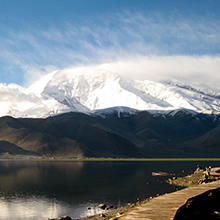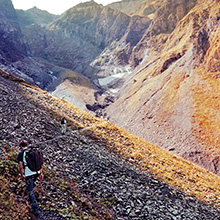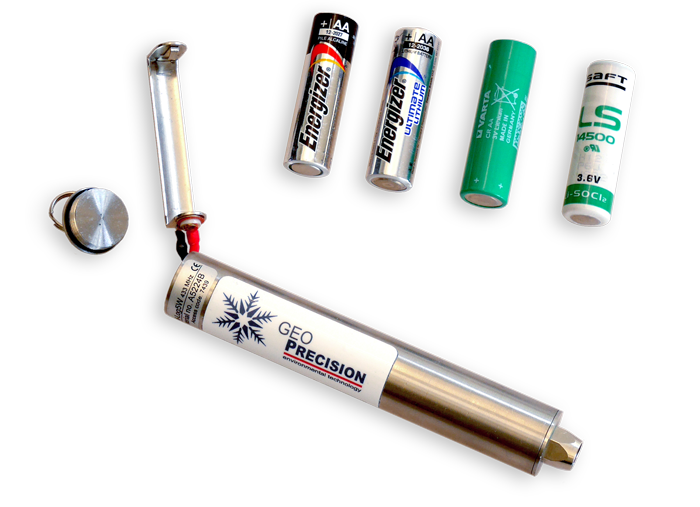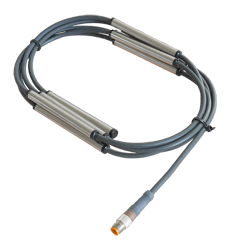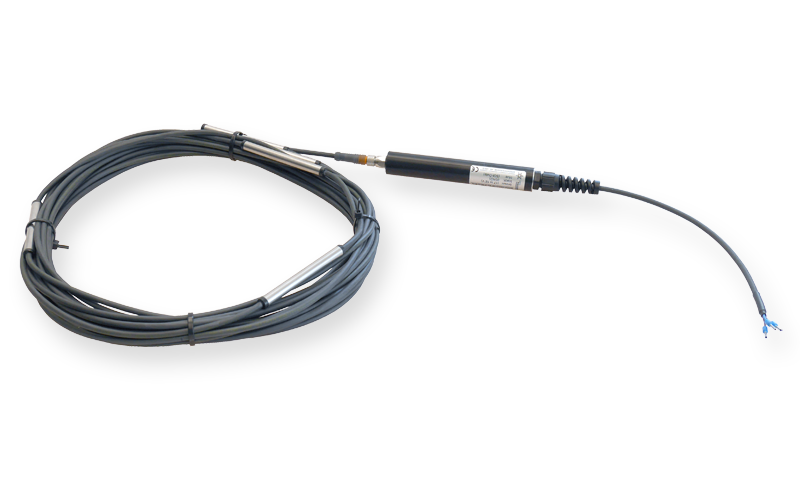Frequently asked questions
How do I configure my thermistor string?
Answer
Please download our PDF request form here and fill in your requirements. Send the sheet back to This email address is being protected from spambots. You need JavaScript enabled to view it. or Fax it to +49 7243 9241129
What happens when a sensor is exposed to temperatures outside the specified operation range? What value is returned?
Answer
Sensors exposed to temperature outside the specified operational temperature range will show unexpected behaviour. Al longer period will destroy the electronic!
Can sensors be mixed? For example, can I order a thermistor string with TNode EX and TNodeHD nodes?
Answer
Yes, alls sensors using the 2W-Bus can be mixed.
What happens if I lose the access code for a data logger? Can I switch of the access code protection for faster work? Can I prevent the accessing of data loggers?
Answer
For a lost accesscode you have to contact us, it is device-specific. We can generate a new one.
Why there are two different frequencies used by the data loggers?
How is the electronic protected against water?
Answer
Inside the waterproof housing the complete electronics are covered in a special casting compound.
Why has the data logger in stainless steel housing no signal without the thermistor string?
Answer
The steel housing would shield the RF-signal completely, so the connected string is used as antenna.
What will be, if the flash memory has 100%?
Answer
This depends on the configuration. In “overwrite-mode” the logger will continuously record data, overwriting the oldest one. In the other case the logger will stop recording till the memory is cleared by the user (default configuration, other mode by request!)
Why do I have no signal if the data logger is very near to the Wireless-USB dongle?
Answer
The USB-Dongle is not able to receive radio-signals that are too strong. To provide a good performance in distance communication, the signal send by the logger might be too strong in near field.
Battery change: what could happen if I set the battery with the wrong polarity in the clip holder?
Answer
This will damage the electronic permanently. At first look the logger seems to work correctly, but in most cases errors occur during runtime.
Can I change the data logger easily?
Answer
Yes, you can replace it by a logger of the same type. Via GP5W_Shell /FG2_Shell it is possible to export the complete parameter-set from the old device to your hard disk. These data can be imported on the new device.
Can I use a tablet PC for the GP_Shell5W or FG2_Shell software?
Answer
Yes, you can use all tablet PC’s providing a “Type A USB Host Port”, running a full Windows OS (not Windows RT!). E.g. Microsoft Surface Pro.
How can I increase the radio signal?
Answer
Using a USB extension cable to increase the distance between your PC and Dongle will show good effects. Find a position for the dongle (and data logger) as high as possible. At last you can use special antennas to improve the signal strength a) for a specific direction (longer distance), or b) to cover a bigger area in general.
What is the correct battery for my datalogger?
Answer
- We recommend replacing the factory equipped battery with the exact type of the same manufacturer!
- Dataloggers equipped with a batter-clip will work with AA-Sized 1.5 Volt Lithium and Alkaline or 3.6 Volt Lithium batteries. We strongly recommend 1.5 Volt Lithium, like “Energizer Ultimate Lithium L91”.
Alkaline batteries have a small operating range. They are not usable at temperatures below 10 °C! - Dataloggers equipped with batteries directly soldered to the cables will work with AA-Sized, axial wired 3.6 V Lithium batteries only.
Is the lifetime of the battery verified?
Answer
Yes. All values, calculated by the “Battery-Calculator” are verified.
The test results an up to 40% bigger lifetime than calculated. The big gap between calculated and “real” lifetime is caused by the security-factor (see FAQ below “I reached the number of calculated...”).
We verified our battery-lifetime under following conditions:
- Constant environmental temperature of the whole equipment of -35 °C.
- 48 sensors connected to the datalogger.
- Data-readout and communication with the datalogger with completely filled memory.
- Very short logging-interval to get results within a short period. For this reason our tests do not consider the real stand-by power consumption of the datalogger during longer logging-periods. But the effect in reduction of the battery-lifetime is low, compared to the power consumption during measurement!
I reached the number of calculated measurements, using the “battery-calculator” at your website but the datalogger is still working. What happened?
Answer
The calculation is based on the capacity of the most common batteries of each type. Caused by the manufacturing process of the cells, the capacity can differ.
The usable capacity is also reduced by level and fluctuation of environmental temperature. The lifetime is also reduced by the stand-by power consumption of the datalogger, mainly influenced by data-readout and other wireless communication. This will only have a small effect in reduction of the battery-lifetime compared to the power consumption during measurement!
Therefore the calculation contains a security factor which observes the above factors of stand-by time, battery and fluctuating temperature. The calculation itself is based on a non fluctuating environmental temperature of 20 °C.
Data loggers are expected to work as predicted, even when temperatures vary and drop as low -40ºC in winter.
How do I change the battery?
Answers
To change the batteries you have to open the device. A dry, clean and ESD protected environment is strongly recommended!
- To open the datalogger remove the cap at the bigger end of the device (not the connector or sensor-side!) by spinning it counterclockwise.
- Turn the device upside-down. The battery (-clip) will slide out. Carefully pull at the battery (-clip) till it’s outside. Do not cut, clamp or damage the cables! They cannot be replaced!
- Replace the battery, following the suiting description below:
Battery-Clip:
- Carefully pull the battery out of the clip. Be sure you do not shorten or damage the battery with the edges of the metallic clip. Have a look at the polarity of your new battery and clip. Plus is at the wired end of the clip! Click the new one inside the clip by minding the correct polarity!
Soldered battery:
- Tools: Soldering-pen with medium sized tip at 380 °C, tin (ideal: w. lead), cutter, shrinking tubes.
- Remove the shrinking-tubes covering the cable-soldering-contact of the battery. Do not damage or cut the cables! Un-solder the cables. Put new shrinking tubes on the cables, push them down the cable as far as possible to keep the copper clear for soldering. Prepare the bonded wires of the battery, using the old one as template. Coat the cables and wires of the battery with fresh tin. Solder the cables to the sires of the battery, first PLUS (red wire), next MINUS (black wire). Push the shrinking tubes over the soldered contacts and shrink them (You can use the cleaned tip of the soldering-pen). Be extremely careful not to damage the coating of the battery! Do not use to much heat for shrinking! Do not shorten the battery. Keep the contacts away from metal or the housing of the datalogger!
4. Carefully push the battery (-clip) inside the device. Do not damage the cable and keep the contacts away from the housing!
5. Close the cap by spinning it clockwise till it’s completely closed. Be sure that the sealing-ring is at the correct place. We recommend putting some “Baysilone” at the sealing-ring before closing the cap.

